CLOSURES
With a new, budget-conscious mindset, Eisner surrounded himself with a team of cost-cutting executives who sought short-term financial reward – even at the expense of long-term growth. The outright financial freefall of Disneyland Paris kick-started an aggressive new way of thinking at the Walt Disney Company, and no ride – no matter how beloved – was safe… These are just some of the rides whose closures are directly tied to the fall of Disneyland Paris and the shifting strategies of Eisner’s Disney in the years after.
1. 20,000 Leagues Under the Sea – Submarine Voyage
Image: Disney
Location: Magic Kingdom
In the midst of Paris’ demise, Eisner and his cost-cutting brigade took a long, hard look at some of the attractions operating at Disney Parks across the globe. Their sights immediately narrowed onto the Submarine Voyage rides at both Disneyland and Magic Kingdom, which took up enormous real estate, guzzled diesel fuel, and had relatively low hourly capacities for the #1 and #2 most visited theme parks in the country.
It’s bad enough that Eisner and company shut what may have been one of the most amazing classic dark rides Walt Disney World would ever host… What’s even worse is the way they did it. On September 5, 1994, Magic Kingdom’s 20,000 Leagues closed for a “temporary refurbishment.”
It never opened again.
No last rides; no last goodbyes.
Luckily, we created an in-depth entry to relive the magic of the ride from its creation to its closure – Lost Legends: 20,000 Leagues Under the Sea.
Eventually, a new park president working for a new CEO heralded the re-opening of Disneyland’s classic sub ride (albeit, with a Finding Nemo overlay), but Florida’s was shuttered, shelved, and – eventually – filled in. Today, almost all of the park’s ambitious New Fantasyland resides on what was the Submarine Lagoon.
2. The ExtraTERRORestrial Alien Encounter
Image: Disney
Location: Magic Kingdom
As we mentioned, Alien Encounter was designed to be the headlining attraction at Disneyland’s groundbreaking Tomorrowland 2055. When that new Tomorrowland was cancelled entirely, the project team working on Disney’s scariest attraction ever were told that their interstellar horror experience would get to Disneyland eventually, but that plans had changed and they’d have to plan on installing it in Florida first, since Magic Kingdom’s New Tomorrowland had snuck through construction for a 1994 opening before Eisner’s cuts.
Image: Disney
Eisner was famous for his laser-like focus on self-assigned “pet projects,” and Alien Encounter was one of the first. From his early days with Disney, Eisner had been enamored with the concept to cheaply transform a dated Disneyland ride with a modern, cutting-edge sensory thriller that would draw in teens and young adults. Ultimately, Alien Encounter terrified a generation of Disney Parks fans… but no one was more frightened of it than Eisner. He micro-managed to make the ride scarier, then less scary, nit-picking details and requiring expensive and time-consuming edits with early-90s software as he began to worry that his pet-project would be a bust.
Ultimately, he soured on the project and left it to wither. So even if it’s remembered for what it dared to do, Eisner lost interest. When Paris’s finances fell, one of Eisner’s strategies was to up per-capita spending on merchandise by loading the parks with Disney characters and gift shops, especially since the new wave of animation he himself had kicked off had restored Disney to its former glory. (This is the era when EPCOT Center became Epcot, stuffing characters into pavilions haphazardly.) Alien Encounter was among the first to fall in 2003. The cuddly Stitch from Disney’s Lilo and Stitch was at the height of his popularity, and it seemed like a no brainer…
Image: Disney
The unimaginable story of the Lost Legend: Alien Encounter and the ensuing case of the “worst attraction Disney’s ever created” (Disaster File: Stitch’s Great Escape) happen to be two of the most popular features we’ve ever offered at Theme Park Tourist, and are well worth a read.
3. EPCOT Center Originals
Image: Disney
Location: Epcot
EPCOT Center was a brave conceptual strategy – a “permanent World’s Fair” with pavilions designed by Disney to connected to larger-than-life areas of science and industry: Innovation, Communication, Ocean, Land, Imagination, Transportation, Health, Energy… The idea was brilliant, as just like a real “World’s Fair,” each pavilion would be financially supported by a mega-corporation with a stake in the industry, so Exxon would pay for the Universe of Energy pavilion, and keep it constantly stocked with up-to-date information and technologies… Right?
Problem is that, by the early ‘90s, sponsorship contracts were beginning to expire. And rather than doubling down on their investment and refreshing their pavilions the way Disney had hoped, sponsors instead were leaving. Just when they needed the sponsors most, executives at Disney found themselves responsible for paying for essential Epcot upgrades, and that was a problem.
The ‘90s, predictably, were marked by Epcot’s pavilions either getting low, low budget redesigns, having Disney characters thoughtlessly injected, or being bulldozed altogether in favor of new (and admittedly brainless) thrill rides that could follow Eisner’s teenage edict. Disneyland Paris, unfortunately, played a role in the closure of Lost Legends: World of Motion, Journey into Imagination, Body Wars, Horizons, and most any other "classic" educational ride leftover from EPCOT Center's opening.
4 and 5. Mr. Toad’s Wild Ride and the Country Bear Jamboree
Image: Disney
Location: Magic Kingdom and Disneyland
So Michael Eisner figured that injecting Disney characters into the parks to sell merchandise was a viable path forward for turning around Disney’s sunken finances post-Paris. And to Eisner's thinking, no character had greater merchandising potential in the 1990s than Winnie the Pooh.
Eisner asked that a Pooh ride (and associated gift shop) find its way to both coasts.
Image: Disney
In Florida, Pooh would evict J. Thaddeus Toad from Toad Hall, bulldozing another Lost Legend: Mr. Toad’s Wild Ride. There, the expanded double-tracks of Florida’s oversized Wild Ride meant that Pooh could have a dark ride and a gift shop in Fantasyland.
In California, the Country Bears were ousted for Pooh instead, building the Many Adventures of Winnie the Pooh in a Hundred-Acre-Wood themed corner of the park's Pacific Northwest style Critter Country.
Image: Disney
The good news is that Imagineers had cleverly ensured that both Mr. Toad’s Wild Ride and the Country Bears both continued to coexist, even if they’re at opposite ends of the country. Whether or not Pooh’s profitability has stayed as high as it was during the 1990s, we can’t be sure.
The Big Finale
Heartbreaking as it may be to see Disney close legendary fan favorites to save money or make money, things went really, really wrong when Eisner and his pencil-pushing team – still in the trenches of Paris’ collapse and still wary of ANY large scale investments – decided to open new theme parks. On the last page, we’ll dissect the three low-budget, creatively starved Cop-Out parks Eisner and his team cobbled together, hoping to pull the proverbial wool over fans’ eyes and get away with theme park murder. Read on…
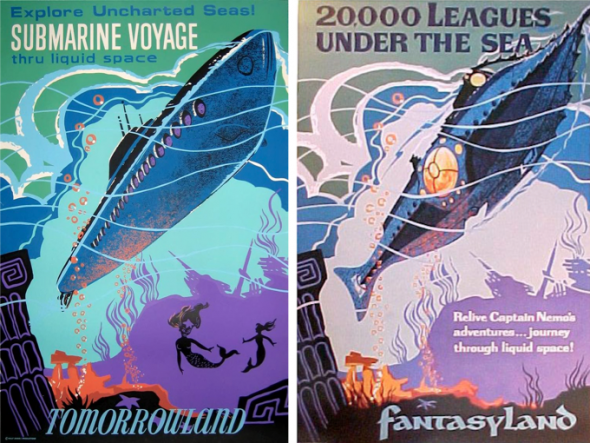
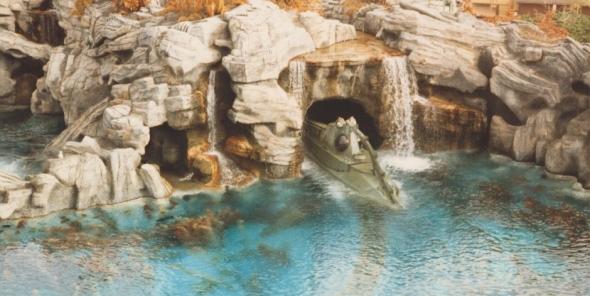
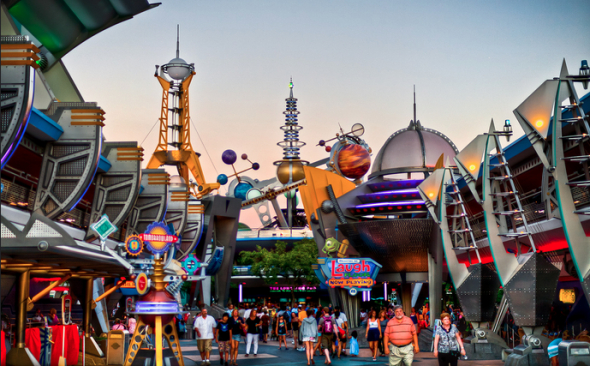
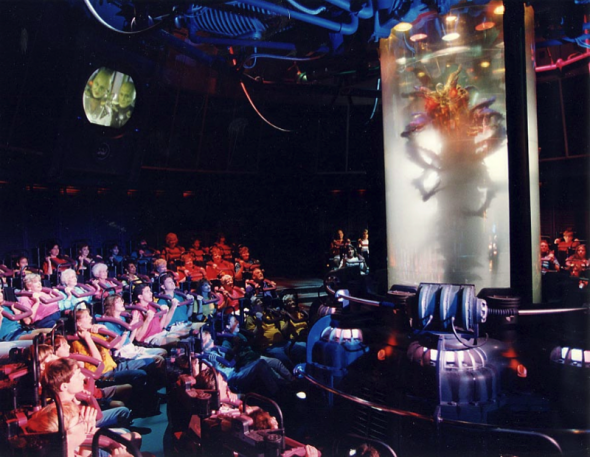
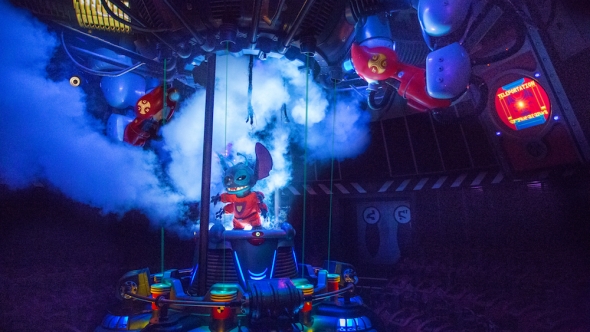
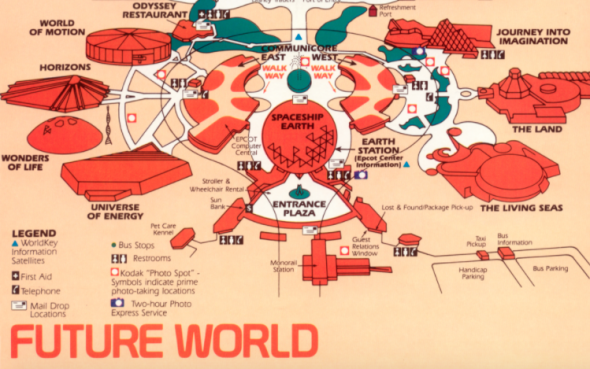
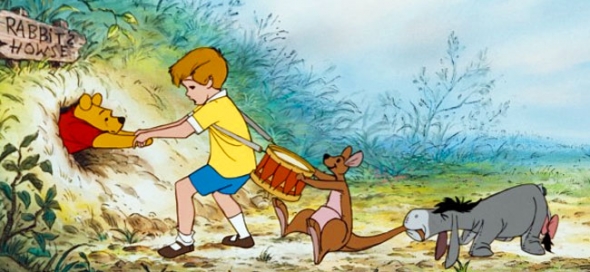
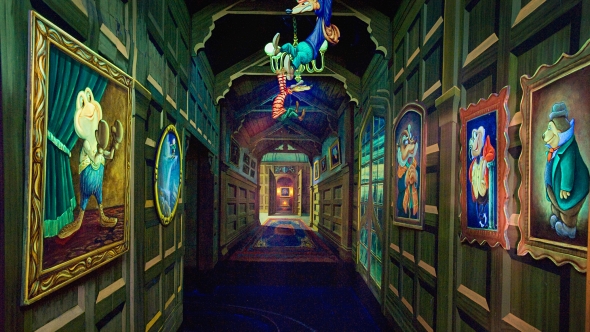
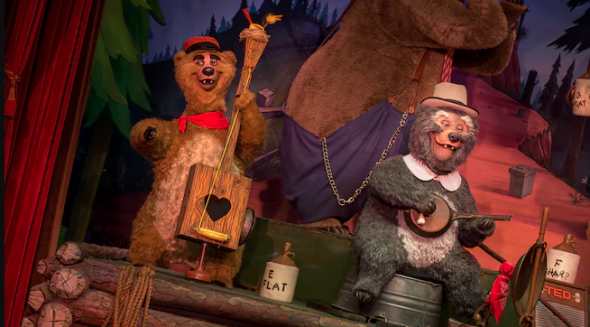

Comments
Of course Paris led to innovation! I proudly call it the most beautiful Disneyland style park on Earth, easily beating even the original. In many pieces I've written here, I've praised Tony Baxter (a personal hero) who production-designed the whole thing. Paris is an absolute wonder! I'm not hard on it at all.
But never before in Disney Parks history has a single project been so ambitious that its failure lead to a sincere, fundamental change in executive leadership's understanding and actions. After Disneyland Paris failed to meet expectations (and by the way, 25 years later, it's *still* not financially balanced despite being the number one paid tourist attraction in Europe... think about that!), all of these projects were cancelled or closed. That's a tremendous, unimaginable impact.
The projects you listed above are great examples of Disney's low-cost efforts to "plus" to the park, and each has its own story:
- Indiana Jones and the Temple of Peril was rush-ordered to bring the park a new thrill ride ASAP. Imagineers had already planned to build Indiana Jones Adventure and Space Mountain: De la Terre à la Lune in a "Phase II" expansion of the park when it needed a boost of public awareness, but the park needed it *right away.* To compensate, Indy was designed and tossed in as a quick fix while Space Mountain could be hurried into production (in a much less ornate fashion than originally designed.) So the Indy roller coaster, while it might've been Disney's first with an inversion, is in fact the product of the cancellation of the much more elaborate Indiana Jones Adventure. The only follow-up Disney coaster that owes its existence to Temple of Peril is DisneySea's Raging Spirits.
- Walt Disney Studios Park was a contractually-obligated park that's easily Disney's least successful and lowest quality, and Lights, Motors, Action was cloned for Florida's own vacant Studio park where it's already been closed.
- The Little Mermaid ride designed for Disneyland Paris was ornate and unique, and after the park didn't meet expectations, it was cancelled... in other words, we could've put that ride on this list! The ride that eventually opened at Disney California Adventure and Magic Kingdom has very little in common with the Paris concept, which is a shame.
- Toy Story Playland was designed for Walt Disney Studios *because* the tiny park needed a "cheap and cheerful" infusion of family rides, and is now seen as a scapegoat concept that's dropped into any park that doesn't have enough to do and needs a low-budget way to get more: Hong Kong Disneyland, Shanghai Disneyland, and Disney's Hollywood Studios. It would be fair to list this as a "Cop-Out" in this feature.
In other words, don't get me wrong: I *LOVE* Disneyland Paris, and Disneyland Paris has contributed SO MUCH to Disney Parks and theme parks in general. But it's interesting to consider how different every other Disney Park on Earth would look today if it weren't built.
Oh, well, then excuse me for reading your post in the wrong way.
It is true that Disneyland Paris is not making any money right now (and for the last 25 years), but I thought you were blaming the park for every cancelled projects. Yes, some of them are cancelled because of the financial disaster that is Disneyland Paris (you mentionned Indiana Jones Adventure in you comment, wich is a good example), but not all of them.
Anyway, I know understand your point of view and I agree with you on many points. Thank you for your reply!